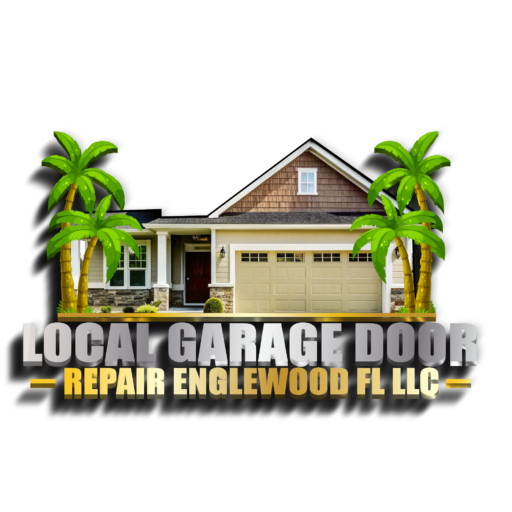All About Garage Door Springs (And How to Spot Issues Early)
- Commercial Garage Door Repair
- Garage Door Opener Installation
- Garage Door Spring Repair
- Same Day Garage Door Repair
- Custom Garage Door
- Garage Door Opener Repair
- Garage Door Track Repair
- Gate Repair
- Garage Door Cable Repair
- Garage Door Panel Repair
- Local Garage Door Repair
- Garage Door Replacement
- Noisy Garage Door Fix
- Garage Door Installation
- Garage Door Section Replacement
- Overhead Garage Door Repair

All About Garage Door Springs (And How to Spot Issues Early)
Springs are small but mighty components that play a major role in the functionality of your garage door. Without them, your door wouldn’t be able to open and close smoothly—or at all. But how much do you really know about these unsung heroes of your garage system?
Whether you’re a new homeowner or just curious about how garage doors work, this guide will break down everything you need to know about garage door springs, including their types, common issues, garage door spring repair tips, and when it might be time to seek professional help.
Why Are Springs Important?
Springs counterbalance the weight of your garage door. This means they bear the brunt of the heavy lifting when you open or close it. Without properly functioning springs, even the strongest garage door opener wouldn’t be able to do its job.
Essentially, the springs are what make operating your door effortless. But with great responsibility comes wear and tear, and understanding their types and potential problems will help you prevent costly repairs.
The Two Main Types of Springs
All springs fall into two main categories:
1. Torsion Springs
Torsion springs are mounted horizontally above your garage door. When the door is in motion, these springs use torque (a twisting force) to counterbalance the door’s weight. Here’s why they’re popular:
Durability: They typically last longer than extension springs.
Smooth Operation: They allow for a quieter and smoother door motion.
Tip: Look for any signs of rust or gaps in the coils, as this could be an early indication of wear.
2. Extension Springs
Extension springs are installed on either side of the door and expand or contract when the door opens or closes.
- Affordability: They are more affordable upfront compared to torsion springs.
- High Stretch: These springs rely on stretching to lift the door.
Extension springs are efficient but may feel slightly jerky in motion. Be sure to check the safety cables that are often paired with these springs to prevent dangerous snapping.
Knowing which springs your garage door uses will help you better understand how to assess their health.
Signs Your Garage Door Springs Need Attention
While springs are built for durability, they don’t last forever. Here are the most common signs that your springs may need repair or replacement:
1. The Garage Door Feels Heavy
If opening your garage door feels like a workout, the springs may have lost their tension or snapped entirely.
2. Unusual Noises
Loud bangs or grinding sounds often point to broken or misaligned springs.
3. The Door Closes Too Quickly
If your garage door falls shut instead of lowering gently, weak or damaged springs could be at fault.
4. Visible Wear and Tear
Do you notice gaps in the coils, rust, or other visible damage? These are clear indicators that your springs are nearing the end of their lifespan.
Ignoring these signs can lead to sudden failures, so it’s best to resolve any issues before they become dangerous.
When to Call a Pro
Attempting DIY repairs on springs is risky. Springs have high tension and can cause severe injuries if mishandled. Instead, rely on professionals for spring adjustments, repairs, or replacements. Companies like Local Garage Door Repair Englewood FL specialize in diagnosing and fixing all kinds of spring-related issues, ensuring your safety and peace of mind.
Remember, regular maintenance can extend the life of your springs and save you money in the long run.
